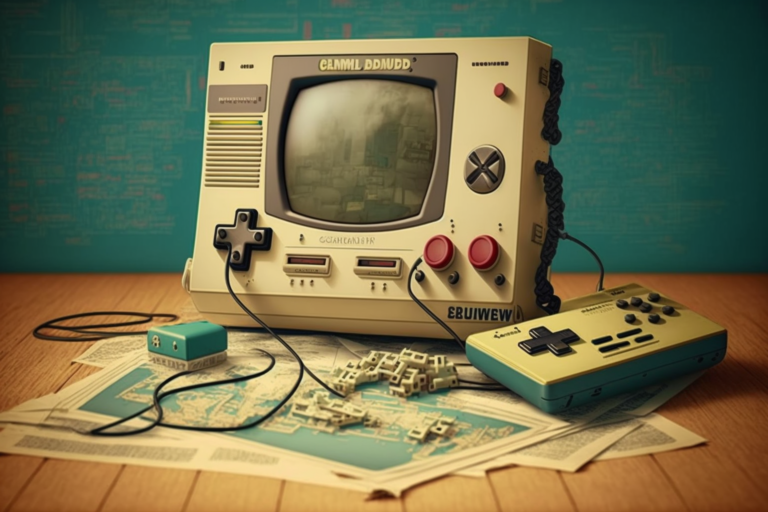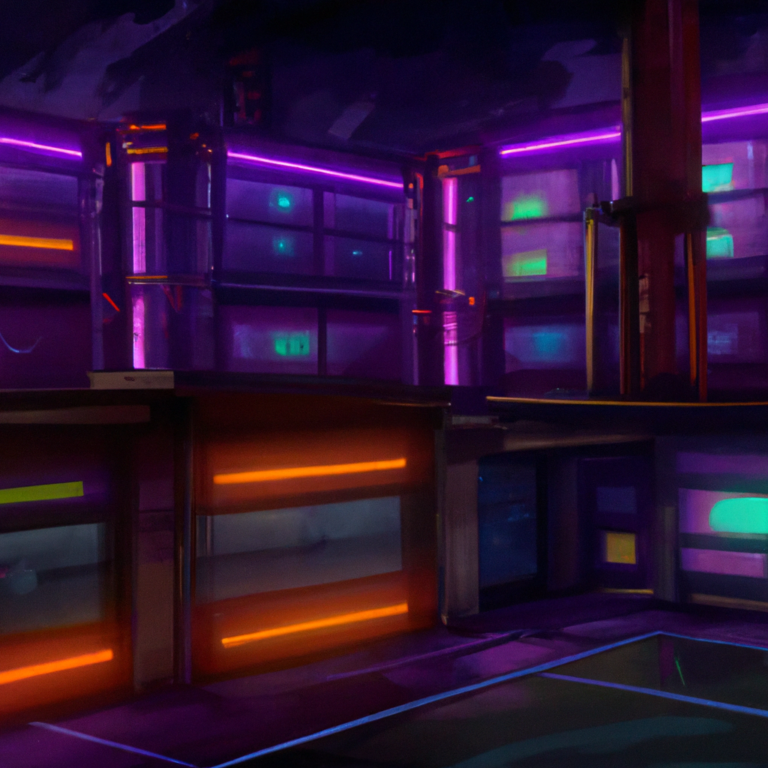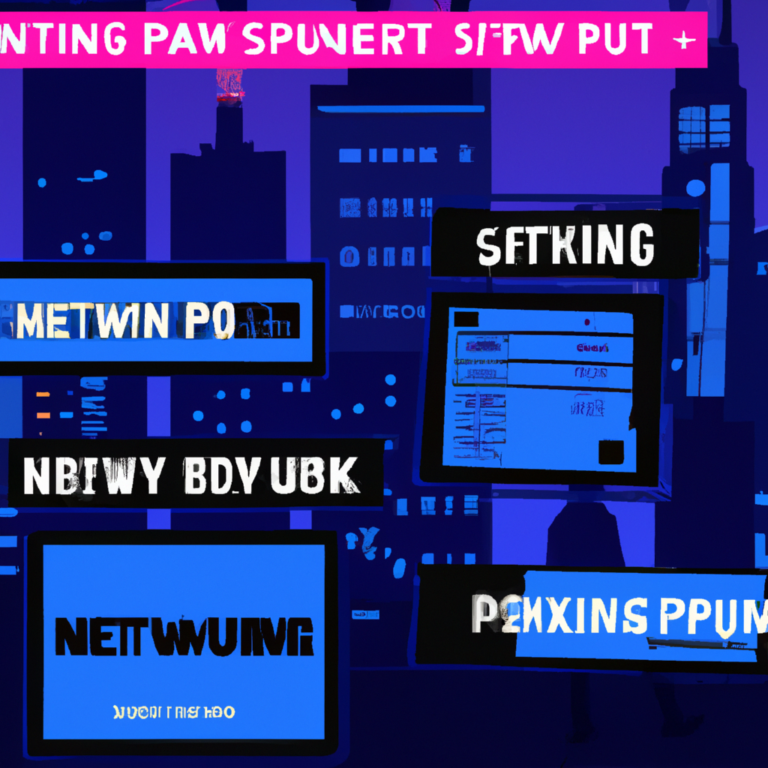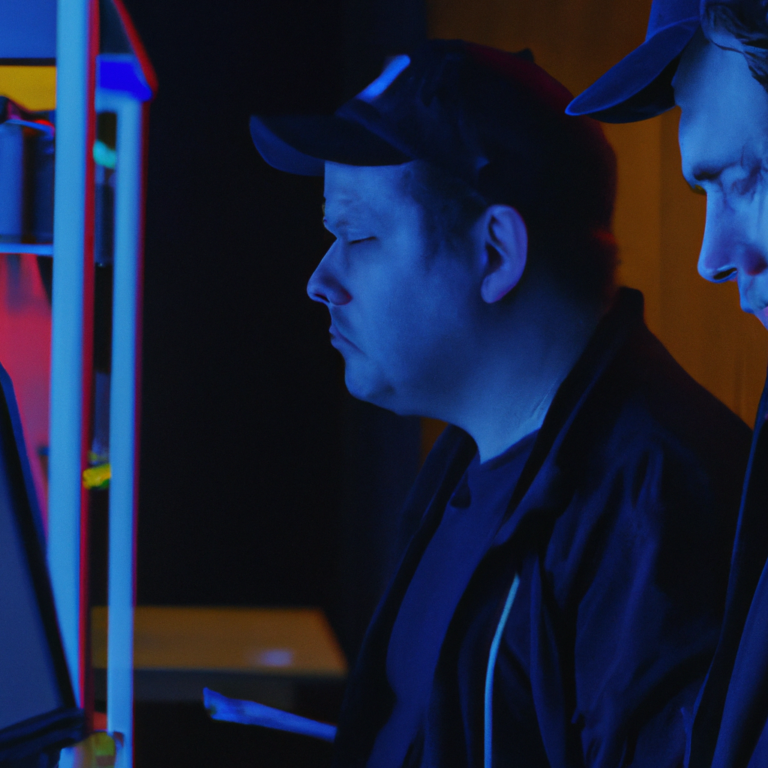“Mastering Multiplayer Game Development: A Comprehensive Guide to Creating Epic Unreal Engine Experiences”
Creating multiplayer games has become a popular endeavor in the gaming industry, largely due to the vast and easily accessible player base that online gaming provides. Unreal Engine is an industry-standard game development platform that has the capability to create highly immersive and interactive multiplayer experiences. In this blog post, we’ll explore the fundamentals of creating multiplayer games in Unreal Engine, touching on topics such as network replication, server and client communication, and player management. By the end of this post, you should have a basic understanding of the foundations required to create your own multiplayer game.
1. Understanding Unreal Engine’s Networking Architecture
Unreal Engine is built around a robust networking architecture that makes it easy to develop multiplayer games. The primary components of this architecture are the server and the clients. The server typically hosts the game, handling game logic and processing player inputs, while clients are the individual players that connect to the server to participate in the game.
Understanding the roles of server and clients is essential for multiplayer game development. The server is responsible for handling all game logic and state, while clients are responsible for interpreting the game state and rendering it on the players’ screens.
2. Network Replication
Replication is the process through which game state is synchronized between the server and clients. In Unreal Engine, this is achieved through the Replication system. The Replication system ensures that changes made to game objects on the server are also made on clients.
To replicate an object, you’ll need to set its “Replicates” property to true in the Unreal Editor. You can also control how frequently an object is replicated to clients by adjusting its “Net Update Frequency” property.
3. Server and Client Communication
In order to communicate between the server and clients, Unreal Engine uses a system called Remote Procedure Calls (RPCs). There are three types of RPCs: Server RPCs, Client RPCs, and Multicast RPCs. Server RPCs are called by clients to send information to the server, while Client RPCs are called by the server to send information to a specific client. Multicast RPCs are called by the server to send information to all connected clients.
To create an RPC, simply create a UFUNCTION with one of the following specifiers: “Server”, “Client”, or “NetMulticast”. Remember that the function should only contain the logic that should be executed on the target (server or client) and not the caller.
4. Managing Player Connections
When creating multiplayer games, you’ll need to manage player connections, including player authentication, connection establishment, and disconnection handling. Unreal Engine provides the functionality to handle these tasks through the Game Mode, Player Controller, and Game State classes.
The Game Mode is responsible for overall game management, including determining the rules and victory conditions. The Player Controller represents each player’s input and camera, while the Game State is responsible for storing information about the current game’s state, such as the current score and time remaining.
In order to handle player connections and disconnections, you’ll need to override the corresponding functions in your custom Game Mode. For example, you can override the “PostLogin” function to handle player authentication and the “Logout” function to handle player disconnections.
5. Testing and Debugging
Unreal Engine provides several tools that make it easy to test and debug your multiplayer game. The built-in Play-In-Editor (PIE) feature allows you to simulate a multiplayer game with multiple clients directly in the editor. Additionally, you can use the console command “net.Pause” to pause network replication, making it easier to debug tricky replication issues.
In conclusion, creating multiplayer games with Unreal Engine can be a highly rewarding experience. By understanding the fundamentals of Unreal Engine’s networking architecture, utilizing network replication, and effectively managing player connections, you’ll be well on your way to creating immersive multiplayer games that players from around the world can enjoy. Remember to continually test and debug your game to ensure a smooth and satisfying experience for all players involved. Happy developing!







